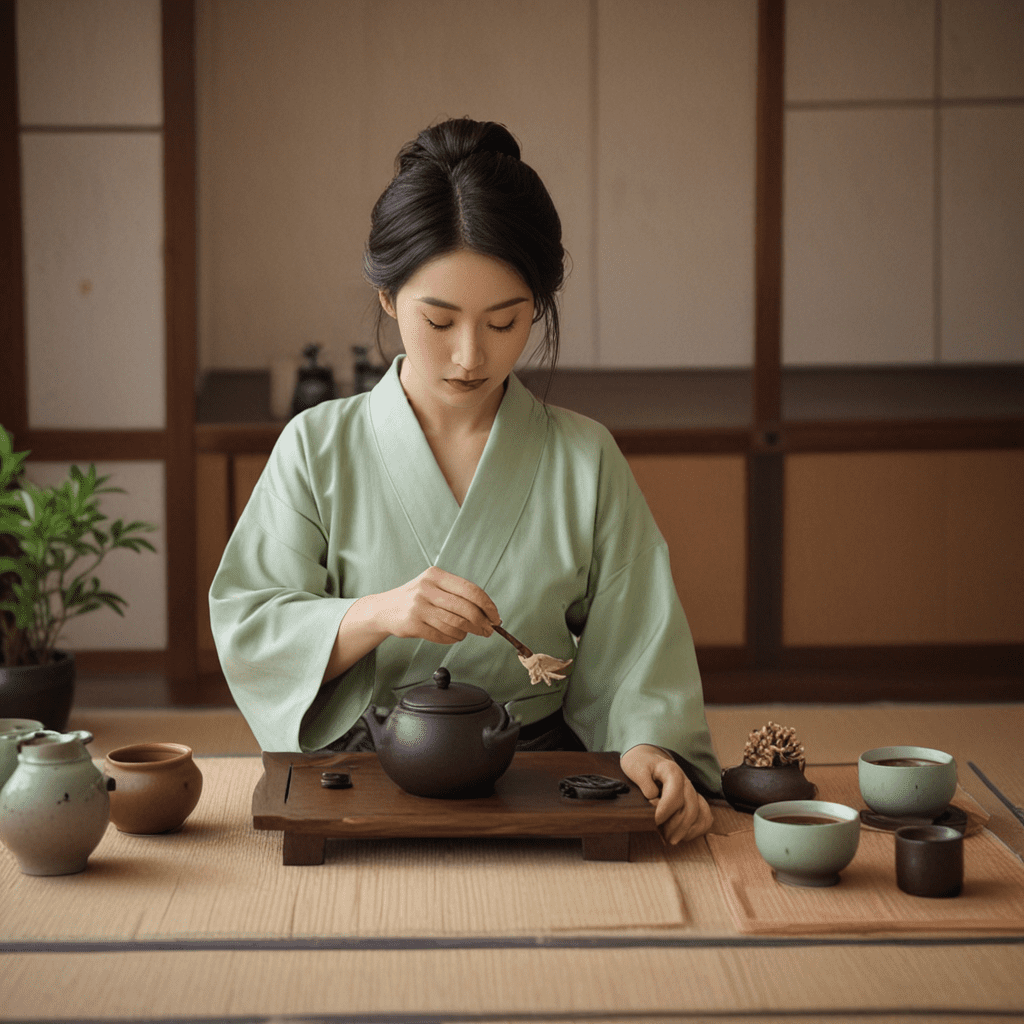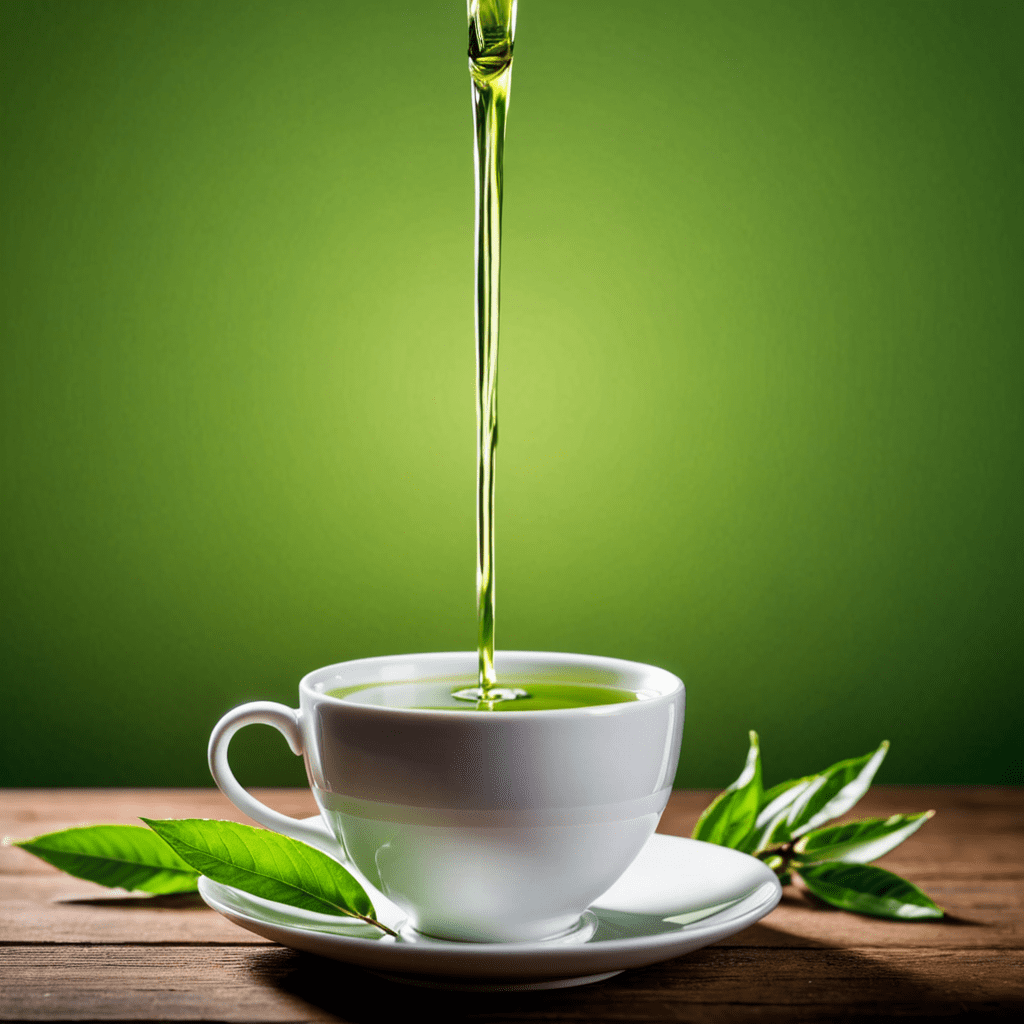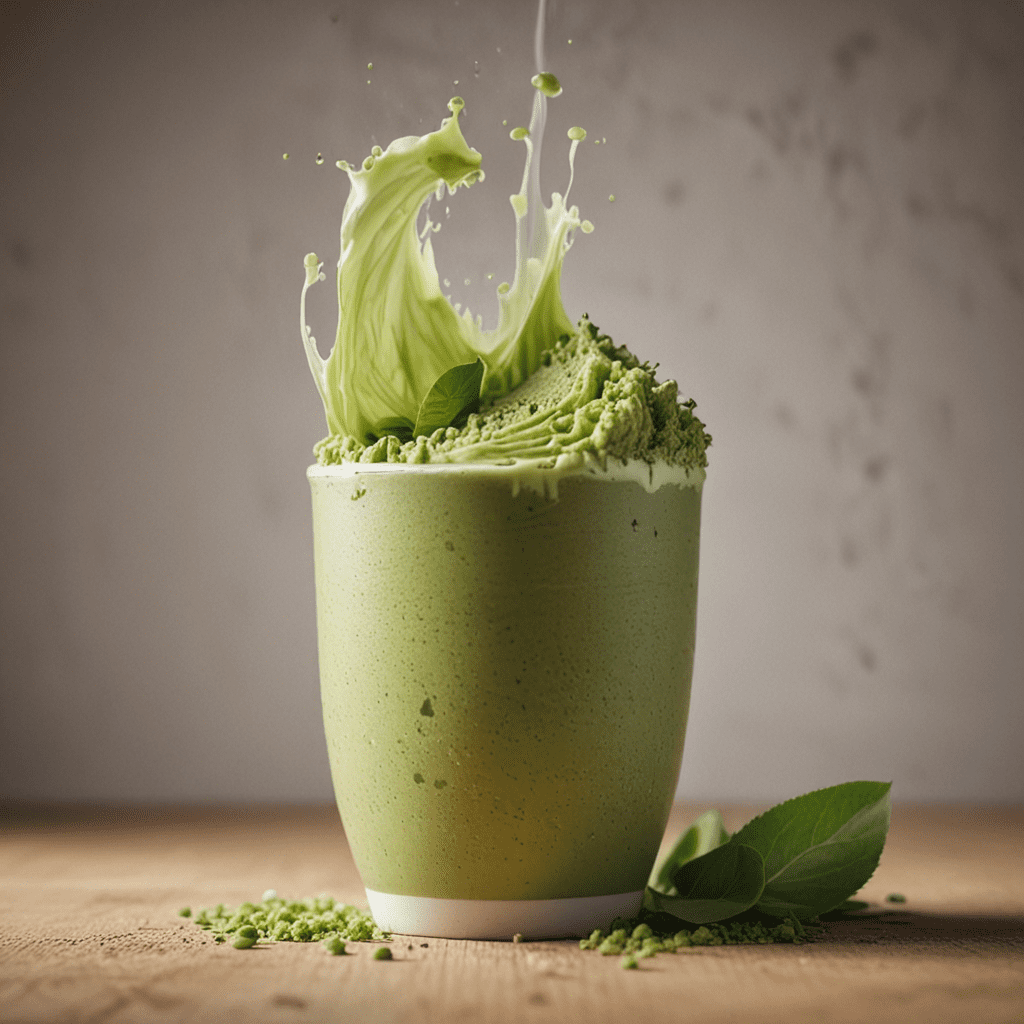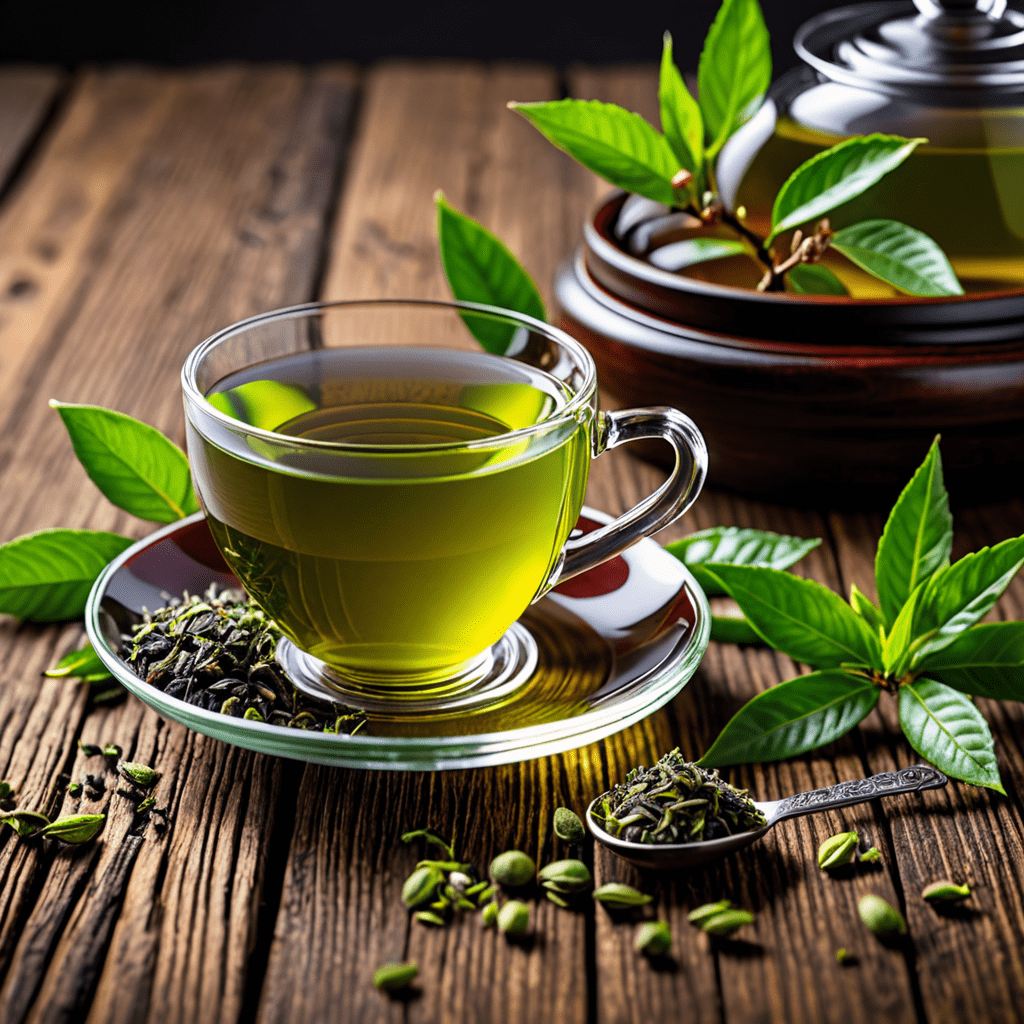
Navigating the Rituals of Japanese Tea Ceremony
1. History and Significance of Tea Ceremony
The Japanese tea ceremony, known as chanoyu, is a traditional ritual that has been practiced for centuries. Its origins can be traced back to the 9th century when Buddhist monks introduced tea to Japan. Over the years, the tea ceremony evolved into a refined art form that embodies the principles of Zen Buddhism and Japanese aesthetics. Today, it is not only a social occasion but also a way of cultivating mindfulness, harmony, and self-reflection.
2. The Traditional Tea Room and Its Symbolism
The tea ceremony is typically held in a specially designed tea room called a chashitsu. This simple and rustic space is often located in a serene garden setting. The tea room's design reflects the principles of wabi-sabi, which celebrates the beauty of imperfection and impermanence. The room's features, such as the tatami mats, sliding doors, and alcove, are arranged to create a sense of tranquility and harmony.
3. Essential Utensils and Their Preparation
The tea ceremony requires a specific set of utensils, each with its own symbolic meaning. These utensils include a tea bowl, tea whisk, tea scoop, and tea caddy. Each utensil is carefully chosen and prepared to ensure the perfect presentation and enjoyment of the tea. The tea bowl, for example, is typically made of ceramic and is often adorned with intricate designs that represent the seasons or nature.
4. The Four Principles of Tea Ceremony
The tea ceremony is guided by four core principles: harmony, respect, purity, and tranquility. Harmony refers to the balance and unity between the host and guests, as well as the harmony between the different elements of the ceremony. Respect embodies the reverence for the tea utensils, the tea itself, and the guests. Purity symbolizes the cleanliness and simplicity of the tea room and the tea ceremony itself. Tranquility represents the peace and serenity that is cultivated during the ceremony.
5. The Host and Guests: Roles and Etiquette
The tea ceremony is hosted by a skilled tea master, who is responsible for preparing and serving the tea. Guests are expected to observe certain etiquette rules, such as arriving on time, removing their shoes before entering the tea room, and maintaining a respectful demeanor throughout the ceremony. The host and guests engage in a graceful and formal exchange of gestures and words, creating a sense of mutual respect and connection.
6. The Sequence of the Ritual: From Greeting to Farewell
The tea ceremony follows a precise and ritualized sequence of events. Upon arriving at the tea room, guests are greeted by the host and led inside. The guests are then seated in a designated order and offered a sweet confectionery called wagashi. The tea whisk is purified by the host in a graceful dance-like motion, and then the tea is prepared. The host and guests take turns sipping the tea, expressing appreciation for its delicate flavor and aroma.
7. The Aesthetics of Tea Ceremony: Sight, Sound, and Smell
The tea ceremony is not just a ritual but also a sensory experience that engages the senses of sight, sound, and smell. The tea room's simple yet elegant design creates a visually pleasing environment that complements the beauty of the tea utensils. The soft rustling of the tatami mats and the gentle bubbling of the water in the tea kettle contribute to the tranquil soundscape. The ceremony is also characterized by a series of refined scents, including the fragrance of the tea blossoms, the incense burned during the ritual, and the fresh air circulating in the tea room.
8. Types of Tea and Their Preparation
The type of tea used in the ceremony depends on the season and the host's preference. Matcha, a powdered green tea, is often used during formal tea ceremonies. Other types of tea, such as sencha (green tea) and gyokuro (shaded green tea), may also be used. The tea is prepared in accordance with traditional techniques that ensure its optimal taste and aroma. The water is heated to a precise temperature, and the tea is whisked or steeped to achieve the perfect balance of strength and bitterness.
9. Cultural Influences on Tea Ceremony
The Japanese tea ceremony has been influenced by various cultural traditions and philosophies. Zen Buddhism, with its emphasis on simplicity, harmony, and mindfulness, has had a significant impact on the ceremony's rituals. Confucianism, with its values of respect and hierarchy, has also influenced the relationship between the host and guests. Over the centuries, the tea ceremony has evolved and adapted to reflect changing cultural norms, while preserving its core principles.
10. Experiencing Tea Ceremony as a Visitor
If you have the opportunity to experience a Japanese tea ceremony as a visitor, it is important to observe the etiquette and customs of the ritual. Be respectful of the tea utensils and the host's instructions. Pay attention to the movements and gestures involved, as they convey cultural meaning. By embracing the spirit of the ceremony, visitors can gain a profound appreciation for the beauty and tranquility of this ancient tradition.
FAQ
- How long does a tea ceremony last?
A typical tea ceremony lasts for about two to three hours. - What should I wear to a tea ceremony?
Guests should dress respectfully, typically in a kimono or a formal outfit. - Can I take pictures during the ceremony?
Photography is usually not permitted during the ceremony unless specifically allowed by the host. - Is it okay to talk during the ceremony?
During the formal part of the ceremony, guests should remain quiet and attentive. However, light conversation may be permitted at certain points. - What if I don't know how to use the tea utensils?
The host will guide you on如何 to handle and use the tea utensils properly.


